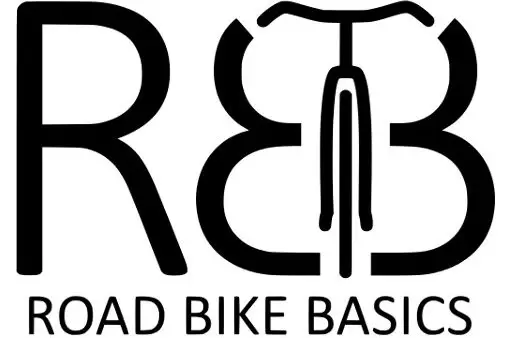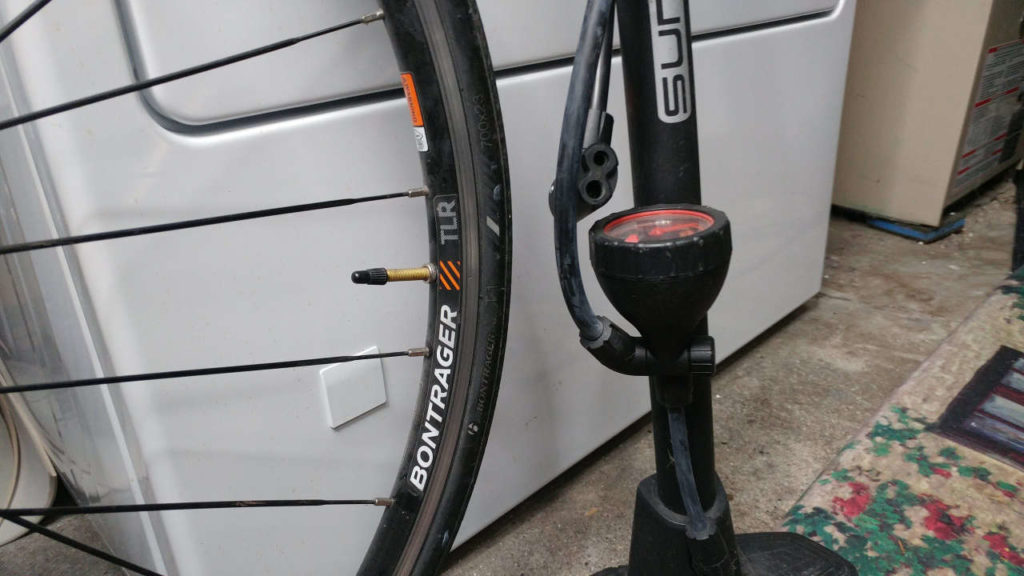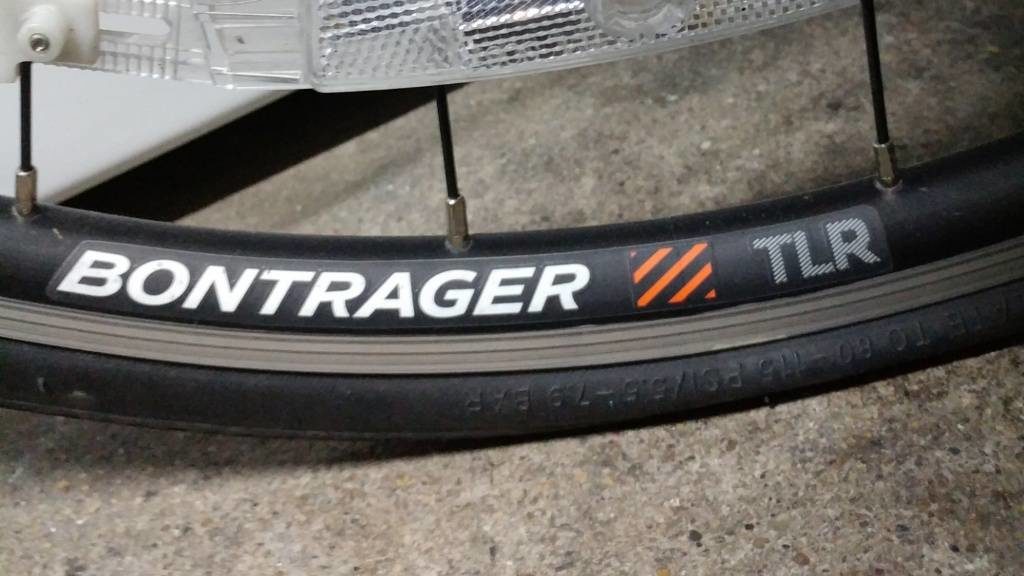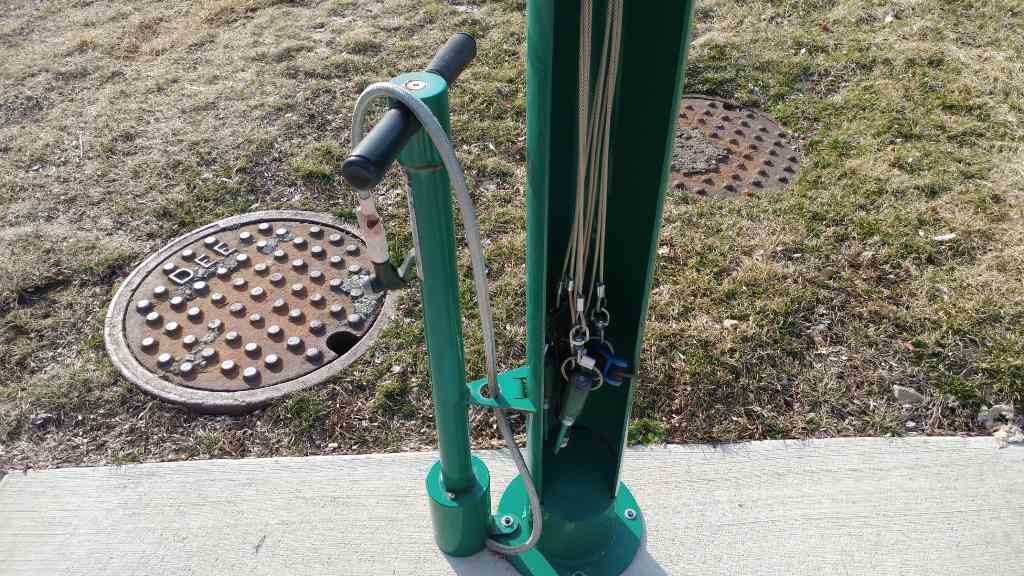If your tire keeps going flat, it may be normal, there may be a small repairable hole, something stuck in your tire, or you may just need to replace your inner tube. Lets help you decide if something is wrong, how to spot it, how to fix it, and how to avoid it in the future.
Are they actually fine?
Tires will naturally deflate slowly over time. So, if it’s been more than a week or so since you last pumped it up, chances are, your tire is perfectly fine. It’s important to inflate them on a regular basis. Here’s an article about How Often To Check Your Tire Pressure, and another about What Should Your Road Bike’s Tire Pressure Be.
If you just pumped it up yesterday or at the beginning of your ride, then let’s figure out what went wrong.
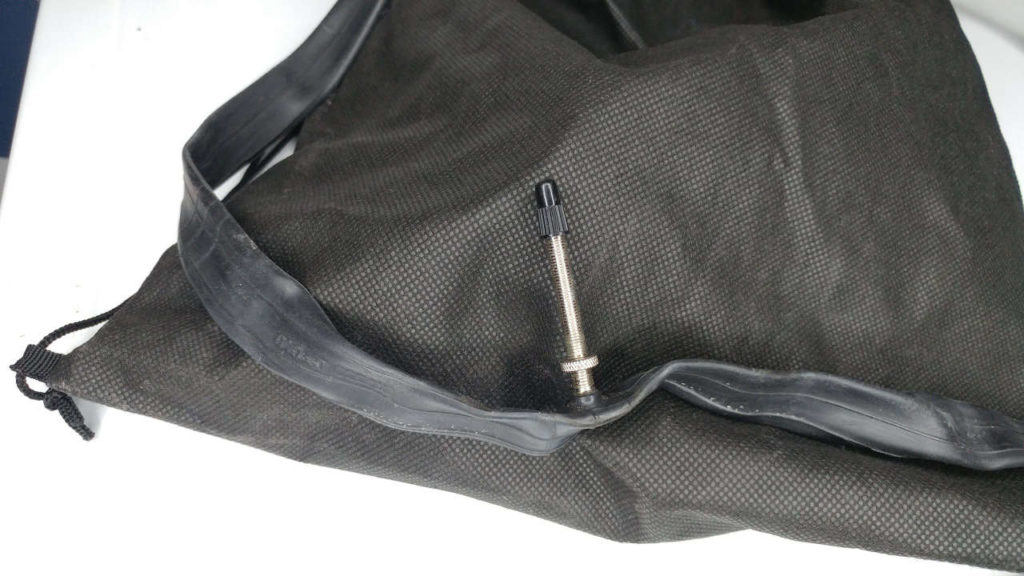
Inner Tubes
If you have tubeless tires, you can click here to skip to that section. If you aren’t sure what you have, then you probably have inner tubes. They the most common type of tires to have, and are the best for beginners.
Visible Problems
Very thankfully, there are some problems with your tires that are perfectly visible from the outside of the tire. We’ll start here because they are the easiest to diagnose. If we can’t find the problem here, we’ll move onto the harder to find problems.
The chances of you needing to take the tire and tube off of your wheel to fix the leak are pretty high. However, that isn’t always an option while you are riding. If you haven’t left on the ride yet, you can go ahead and remove it though.
Punctures
Punctures are the most obvious source of flat tires. Something literally poked a hole straight through your tire and into your inner tube. There are even times when the foreign object is still there. They don’t often result in a loud pop like you might expect from a balloon. They are frequently slower leaks that hiss.
Lean your bike against something and slowly rotate the tire. You can hold it with one hand and roll it forward if there isn’t anything to lean it against. Look closely for a small pin-sized hole or object where your tire would touch the ground. Very carefully run your finger over the tire as well. Your fingers are great at finding small inconsistencies.
If that doesn’t yield any results, you can also search for punctures by inflating your tire again and slowly rotate the tire as you listen for leaks. If you can hold your bike so the tire is off of the ground, it’s easy to put your ear close as you rotate the free wheel. If you are away from your floor pump, make sure you pack an emergency pump like this one from Amazon.
Repumping your tire is also a good way to make sure if it is a fast or slow leak. If it is slow, you might even be able to ride back home. If it is a fast leak, you’ll either need to walk home or have someone pick you up.
If you don’t have anyone available to come pick you up, using a ride-sharing service like Uber or Lyft will work as well. You can fit your bike into the trunk, even into smaller cars. You just might need to put the back seats down.
If you do find a hole, you’ll need to replace your inner tube for sure. You can hold off on changing the tire itself for now, but make sure that, while replacing your inner tube, you carefully run your finger along the inside of the tire. We’ll need to make sure that we get rid of the thorn or whatever popped your tube in the first place.
If you aren’t familiar with how to change your road bike’s inner tube, here is a great video that covers the basics.
If you have an inner tube patch repair kit, like this one from Amazon, then you can follow the instructions in this video to learn how to repair your tube on the go. It also has a ton of awesome information in it.
If you aren’t sure what or how to pack a saddle bag to make sure that you are prepared for a puncture, I wrote an article all about How To Pack Your Saddle Bag For Beginners.
Blowouts
Blowouts are the most noticeable reason for a flat. So, I won’t spend too much time on how to find them. Let’s talk more about what they are and how to prevent them.
A blowout happens when your tube isn’t properly seated (held in) by the tire and the wheel and it expands out beyond them. It results in what I would say classifies as an explosion. If you see your tire bulging out of the tire, drop the pump and quickly cover your ears. That is why properly setting a new tube and tire before you begin inflating to pressure is so important.
They can also occur if the wall of your tire has a tear or weak spot in it. A tear like that isn’t likely in a new tire, but as old tires begin to rot or get worn down from impacts to their sides, they become more likely. Make sure to carefully check the walls of your tires if you have an accident or slide off of a curb.
In general, regularly performing a quick visual inspection of your tires and being careful when reinstalling a new tube are your best bets for avoiding a blowout.
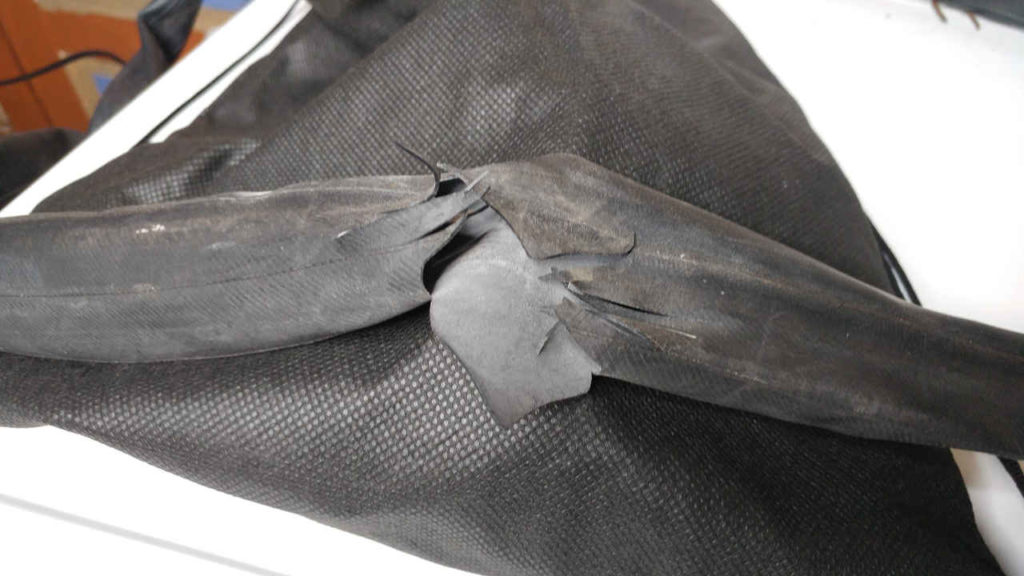
Dirty Valve
If you don’t find any holes, the next likely culprit that you’ll be able to see check quickly is the valve. They can become loose or dirt from the road can work its way in and prevent it from sealing properly.
Inflate the tube and listen to the valve. If you can hear it hissing, then you’ll need to either get a valve core tool, like this one from Amazon, or you’ll need to take it into a bike shop. You can also check for leaks by pouring water on the stem and looking for bubbles. Soapy water works best, but I don’t usually take that on my rides.
The second video in the Punctures section above this one talks about how to use the valve core tool about 3:13 into the video.
To prevent this from happening again, make sure that you regularly maintain your valve and keep it clean with a cap. Amazon has plenty of good Presta valve caps. If you don’t have thin road bike tires, then you might need Schrader valve caps like the ones on a car tire.
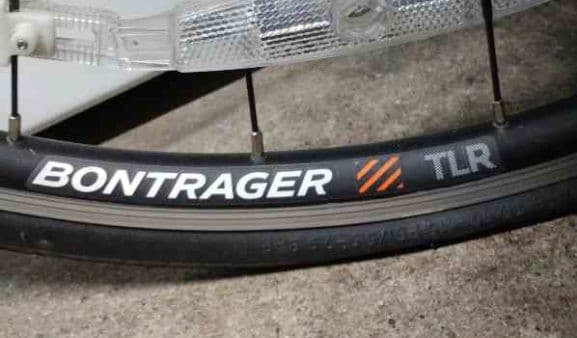
Invisible (From The Outside) Problems
At this point, we have checked all around the tire, we checked the valve, but we haven’t taken the tire and tube off of the wheel. Unfortunately, we couldn’t find anything. The tire isn’t holding any air at all, so we’ll need to go ahead and take the tire and tube off and start searching again.
Punctures
That’s right, you can have punctures in your inner tube without having any holes in the tire. The most common one is called a “snake bite.” They take the form of two short slits in the tube and occur when you hit something like a rock or curb and it pinches your inner tube against your metal wheel. Usually, this is only a problem if you had low pressure to begin with.
If the snake bite is small, and you have a big enough patch, you can absolutely fix it up and keep riding. However, depending on how low your pressure was and how hard you hit the obstacle, the puncture could be large or in a strange enough shape that you just need
Bad Valve Connection
Sometimes, if you haven’t properly aligned the tube with the wheel during installation, it can put undue stress on the tube where the valve attaches. As the tube ages, deflates, and gets reinflated the spot where the valve meets the tube can begin to leak. This isn’t a very common problem but it is entirely preventable just by being careful during installation.
You can find this problem by pumping up the tire and listening for a hissing noise or by running the tire underwater and looking for bubbles. You should go ahead and replace the tube at this point because a hole at this location is much more difficult to repair than in other locations.
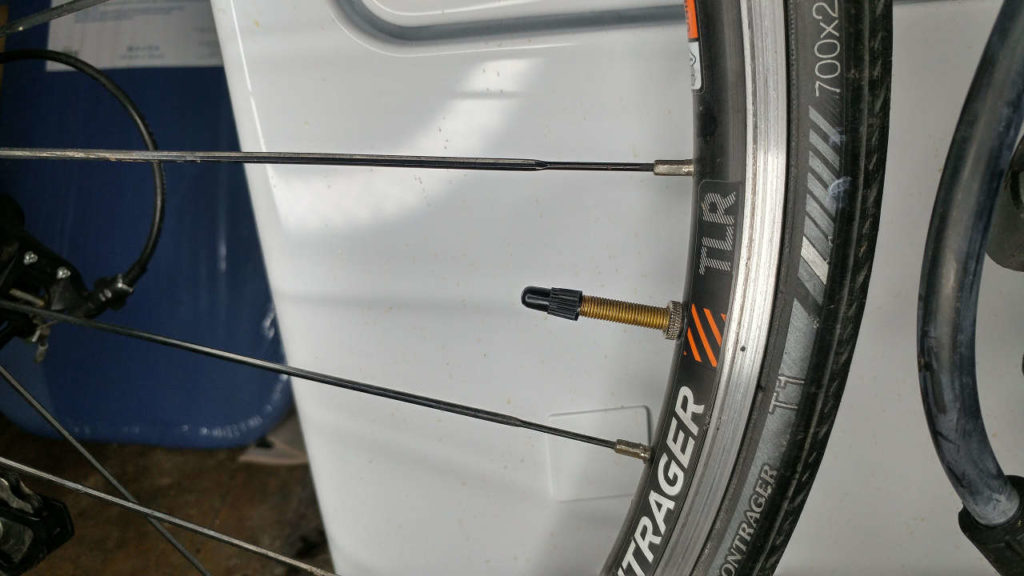
Tubeless Tires
Tubeless tires are about what they sound like, you don’t have a tube inside, it’s the tire that is holding the air in. They aren’t something that I would suggest for a beginner cyclist. They are more difficult to set up, but they offer increased resistance to punctures.
Invisible
Burping
That’s right, tubeless tires can “burp”. There is a lip, called the bead, on the tire that keeps it from slipping off the wheel. If you hit a hole or curb with enough force, the tire can come away from the wheel briefly and some air will escape. That is the “burp.”
Burping doesn’t happen terribly often, and won’t drop your pressure all the way down at once. So, if you are running tubeless and you keep running into some big holes, keep an eye on how much your tires are compressing. You can always take a small break and pump your tires to get them back up to pressure.
Bad Seal
If your tire can’t hold much air pressure from the start, you most likely haven’t sealed it well yet. The best course of action at this point is to just take the tire off, clean everything, and start over. So, make sure that you keep a bit of extra sealant on hand just in case.
Visible
Punctures
I mentioned earlier that tubeless tires have a greater resistance to punctures, but that really only applies to small holes. The sealant that you put into the tire will fill in and surround what would leach pressure out of inner tubes. If small punctures aren’t the culprit anymore, that just leaves the bigger punctures.
Snake bites aren’t very likely, but it is possible to end up with a busted-up rim. Since tubeless tires run at a lower pressure, it’s a lot easier to hit a hole and go all the way to the rim. The tubeless tires are still pretty thick so you aren’t likely to cut all the way through them. That just means the energy gets transferred into the rim and bends it back.
If you have a puncture big enough to leak on your tubeless tires, you’ll notice pretty quickly. It might even be a loud pop. Thankfully, you can always keep a spare inner tube and place it inside of your tire to get you home.
I hope that this article has given you more confidence to find what’s wrong with your tires, how to get past that problem, and how to keep it from happening again.
Thanks for being here!
I make content that empowers people to enjoy riding their bikes.
Are you interested in learning more about that?
Here are some hand
